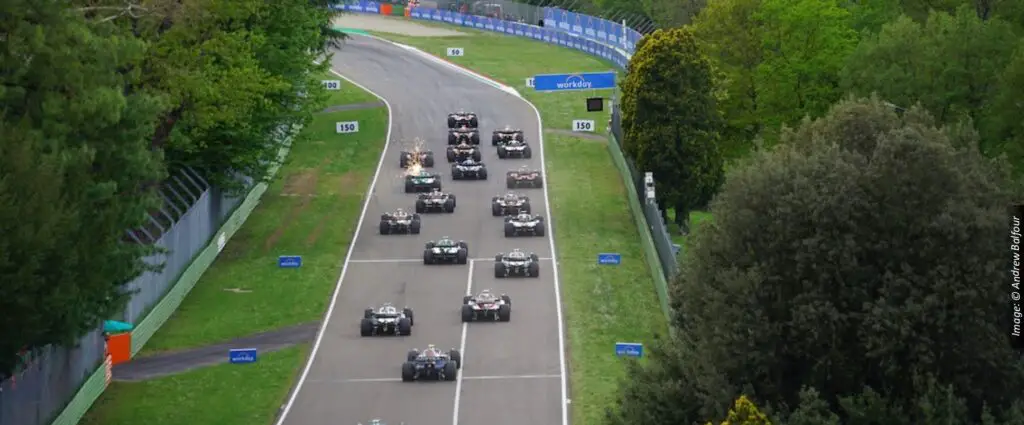Five race winners, six polesitters, seven podium finishers, 1,294 laps raced. Another record-breaking, history-making Formula 1 season is complete. From impressive win tallies to long podium streaks, this is the 2022 F1 season in numbers!
0.221s
The average pole margin in the 2022 season was 0.221 seconds – slightly larger than it was in 2021. The tightest qualifying session of the year came at the Japanese Grand Prix, where Max Verstappen took pole by just 0.010 seconds. Verstappen also took pole with the largest margin of the season – 0.779 seconds – at the Emilia Romagna Grand Prix.
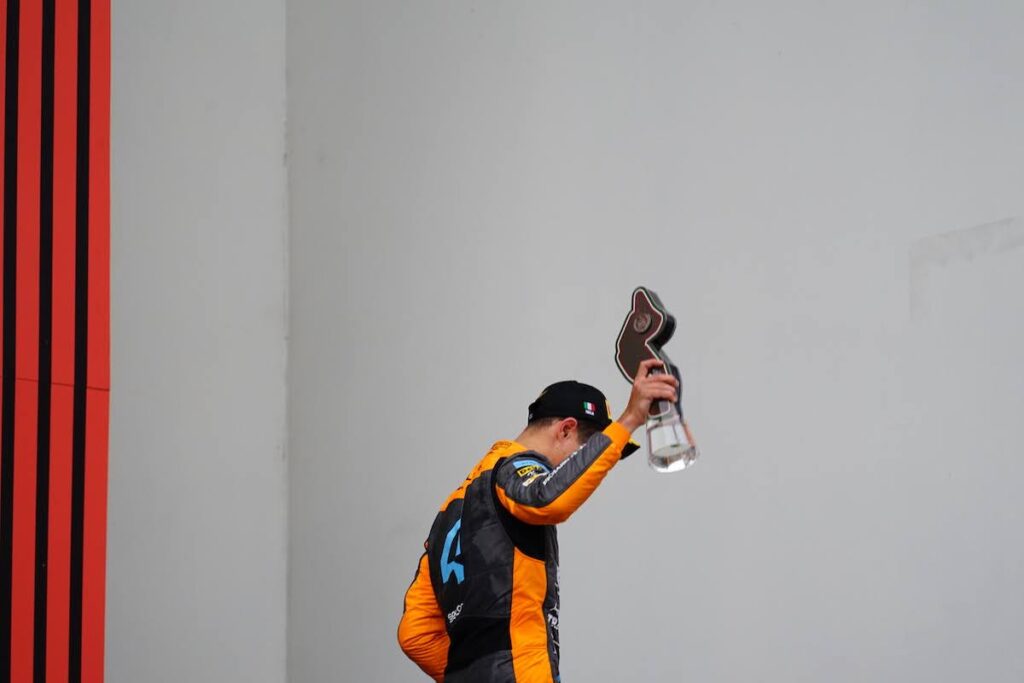
1
Lando Norris was the only driver outside of the top three teams to secure a podium position in 2022. He did so by finishing third at the Emilia Romagna Grand Prix at Imola. Not since 2018 have there been as few as seven podium finishers in a season. That was also the last year before 2022 in which no new faces appeared in the top three.
1.98s
McLaren recorded the fastest pit stop of the 2022 season, completing a stop in 1.98 seconds at the Mexico City Grand Prix.
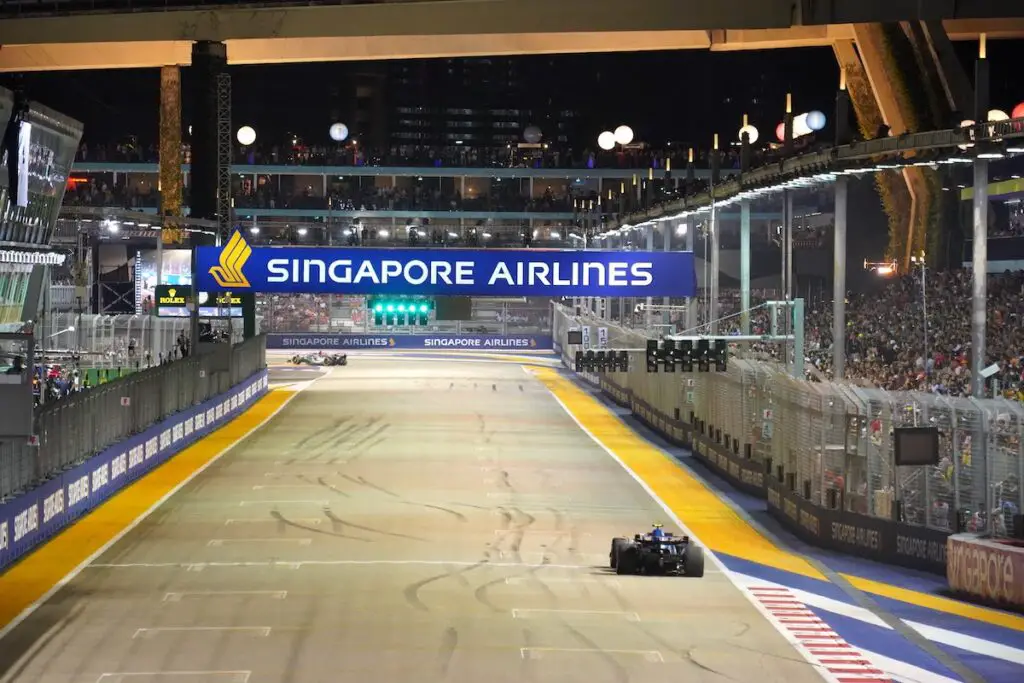
3
Three races failed to run to their scheduled distance in 2022 – the highest number since 2017. Rain prevented the full distance being reached before the two hour time limit in Monaco, Singapore and Japan. Read more: F1 Races which did not reach full distance.
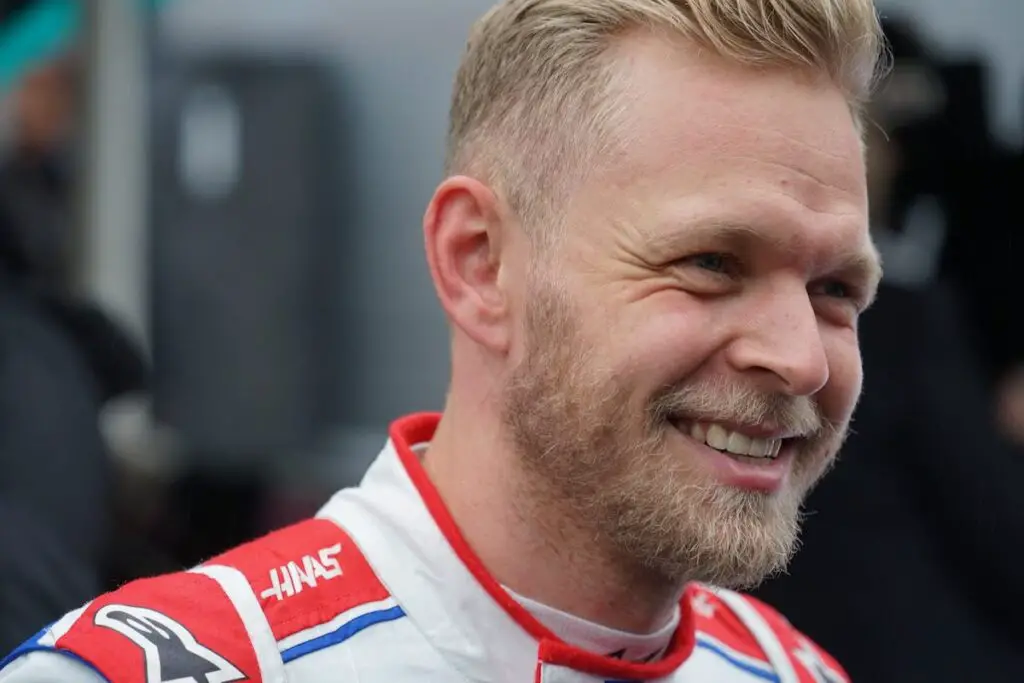
4
There were four brand new polesitters during the 2022 season: Sergio Perez, Carlos Sainz, George Russell and Kevin Magnussen. That made 2022 the first season since 1979 to feature as many as four new polesitters.
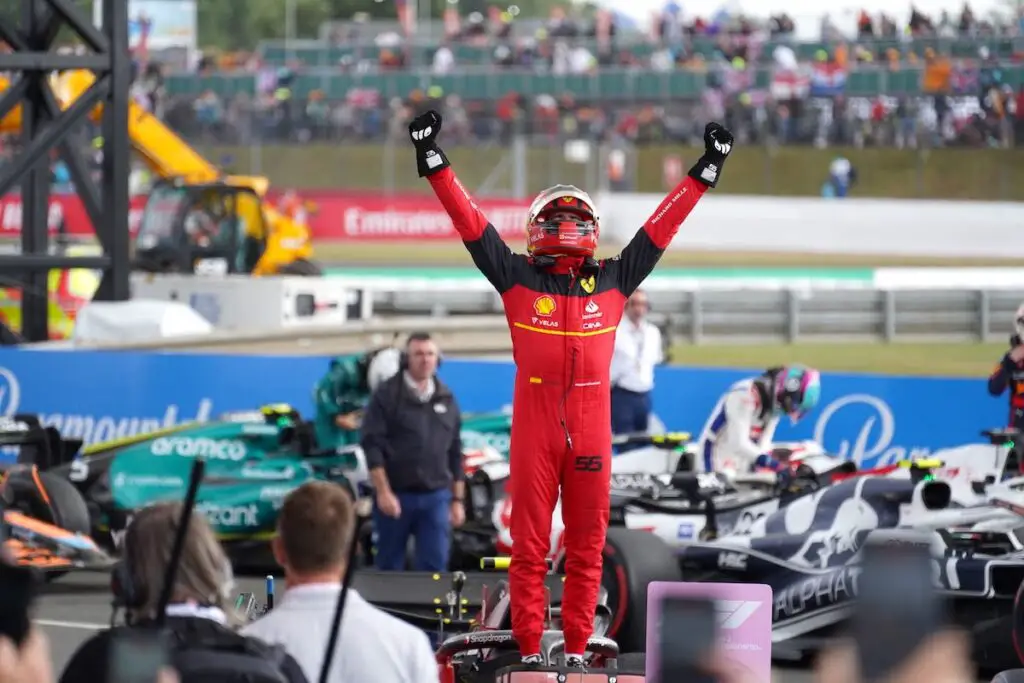
5
Five different drivers took a Grand Prix victory in 2022, including two new winners: Carlos Sainz and George Russell. Since 2012, 2020 has been the only other season to feature two new winners. For the first time since 2019, only three different teams won a race this year.
6
In total, six different drivers secured a pole position in 2022. This season was the first since 2012 to have as many as six different polesitters.
7
Seven different grid slots recorded wins in 2022 – Pole, 2nd, 3rd, 4th, 7th, 10th and 14th. It is the 16th Formula 1 season in which races have been won from seven or more different grid slots.
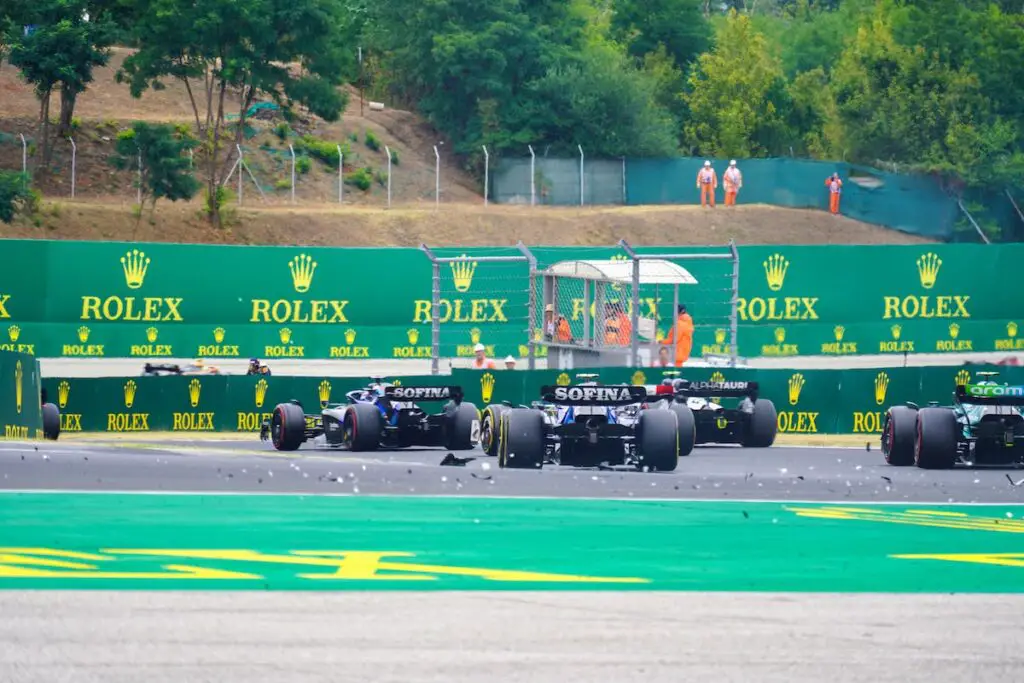
8.697s
The average win margin in the 2022 season was 8.697 seconds. Max Verstappen took the largest win margin of the season, winning by 27.066 seconds at the Japanese Grand Prix. This is the first time since 2019 that the average win margin over the course of a season has been under ten seconds.
10
There were ten first lap retirements during the 2022 season. Every race this year had at least one retirement. The Hungarian Grand Prix had the most finishers, with 19.
10
Ten drivers made their Grand Prix weekend debut in 2022: Nyck de Vries, Jack Doohan, Felipe Drugovich, Liam Lawson, Pato O’Ward, Alex Palou, Theo Pourchaire, Logan Sargeant, Robert Shwartzman and Juri Vips. Of the ten, only De Vries made a race start. The Dutchman filled in for Alex Albon at the Italian Grand Prix.
11
George Russell’s win at the Sao Paulo Grand Prix made 2022 the 11th consecutive season in which Mercedes won a race. They join Ferrari, McLaren and Lotus as only the fourth team to win in 11 successive years.
14
14 is the most positions gained during a single race in 2022. Carlos Sainz gained 14 positions twice – in France and Italy, Charles Leclerc gained 14 places in Canada and Lewis Hamilton made up 14 places in Italy.
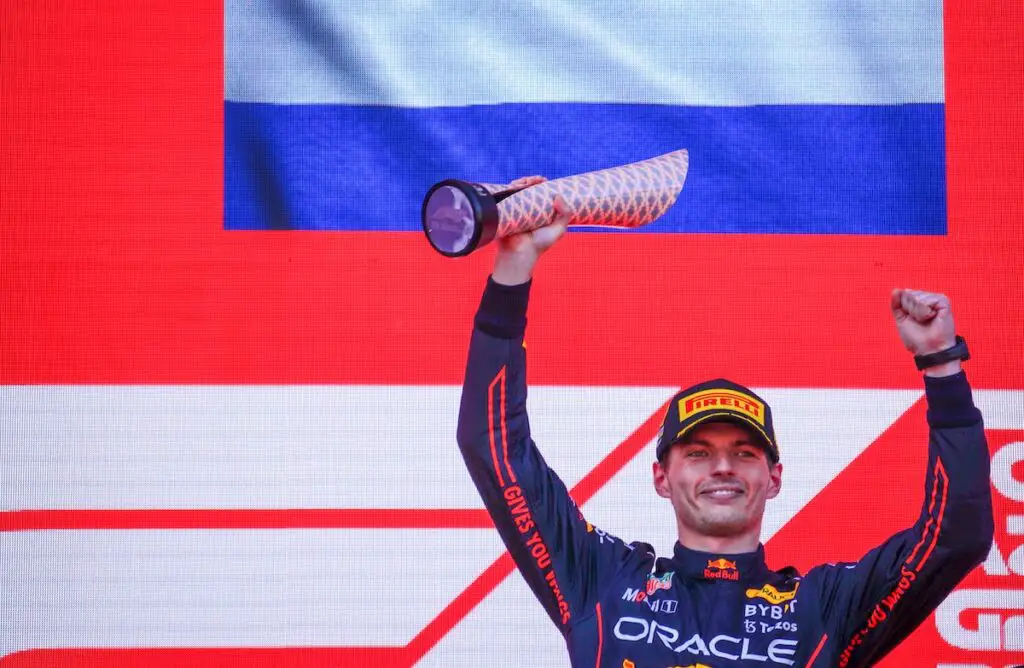
14th
Max Verstappen’s victory from 14th on the grid at the Belgian Grand Prix was the furthest back grid position from which a podium finish was taken in the 2022 season. His win in Hungary and Charles Leclerc’s podium in the United States Grand Prix were the only other podiums recorded from outside the top nine on the grid.
15
Max Verstappen took a record-breaking number of race victories in the 2022 season, winning 15 of the 22 Grands Prix. His win percentage for the season at the end of the year stood at 68.18% – the fifth biggest in F1 history.
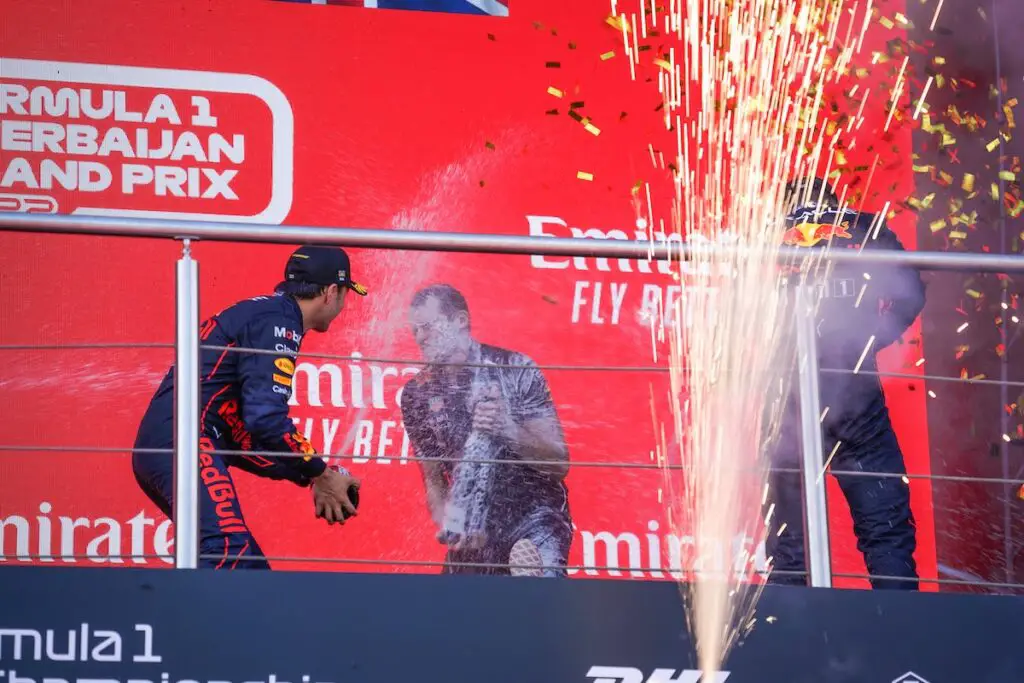
19
Red Bull finished on the podium at all 19 races between the Saudi Arabian Grand Prix and the Mexico City Grand Prix. It was only the eighth time that a team had such a long top three finishing streak and the second time that Red Bull had done so.
20th
Polesitter Carlos Sainz crossed the line at the end of Lap 1 of the United States Grand Prix in 20th position. It was the only time this year that the polesitter did not cross the line at the end of the first lap either in the lead or second place!
38
38 points were scored from 19th on the grid during the 2022 season. In the 11 races between the Canadian and United States Grands Prix, the driver starting here scored on seven occasions. That included three fifth place finishes – for Charles Leclerc in Canada, Carlos Sainz in France and Lewis Hamilton in Italy.
39
There were 39 caution periods during the 2022 season – including 25 Safety Car outings and 18 Virtual Safety Car deployments. Some of the VSC outings became full Safety Car outings. The Spanish and Abu Dhabi Grands Prix were the only races which did not feature any laps under Safety Car or Virtual Safety Car conditions.
47
Of this year’s 20 regular drivers, Nicholas Latifi spent the fewest laps racing inside the top ten positions. The Canadian completed 47 laps inside the top ten. Most of those laps were in the Japanese Grand Prix, where he scored his only points of the year.
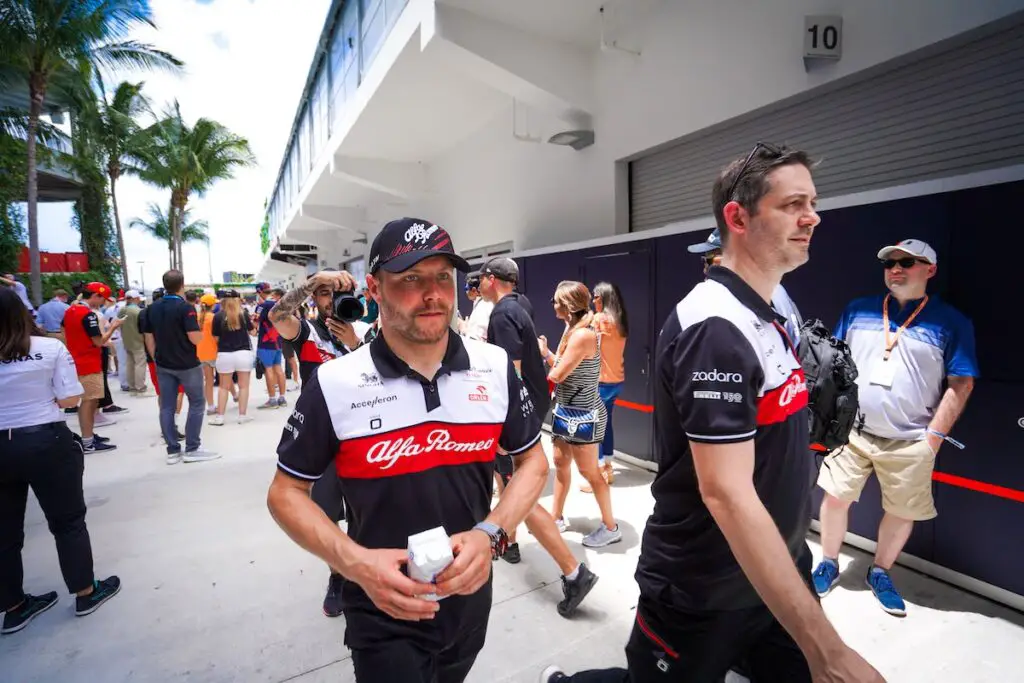
83.3%
Of the 438 race starts made in 2022, 365 resulted in a car reaching the chequered flag. That gives an overall finish rate of just over 83%. Mick Schumacher and Yuki Tsunoda were the only drivers to record a DNS in 2022, both doing so at the Saudi Arabian Grand Prix.
148
At the Belgian Grand Prix, Valtteri Bottas recorded his first Q1 exit in 148 races. It was Bottas’ first Q1 exit since the 2015 Monaco Grand Prix. Earlier in the season, at the Australian Grand Prix, Bottas’ record run of 103 consecutive Q3 appearances came to an end.
350
At the 2022 Singapore Grand Prix, Fernando Alonso became the first driver to make 350 Grand Prix starts. Earlier in the year, Lewis Hamilton became the sixth driver to reach 300 starts. Sebastian Vettel would have joined Hamilton in the 300 club, had he not missed the first two races of the year.
639
Between them, the 22 circuits on the 2022 Formula 1 calendar have now hosted 639 World Championship Grands Prix. That’s just under 60% of all the World Championship races held since 1950!
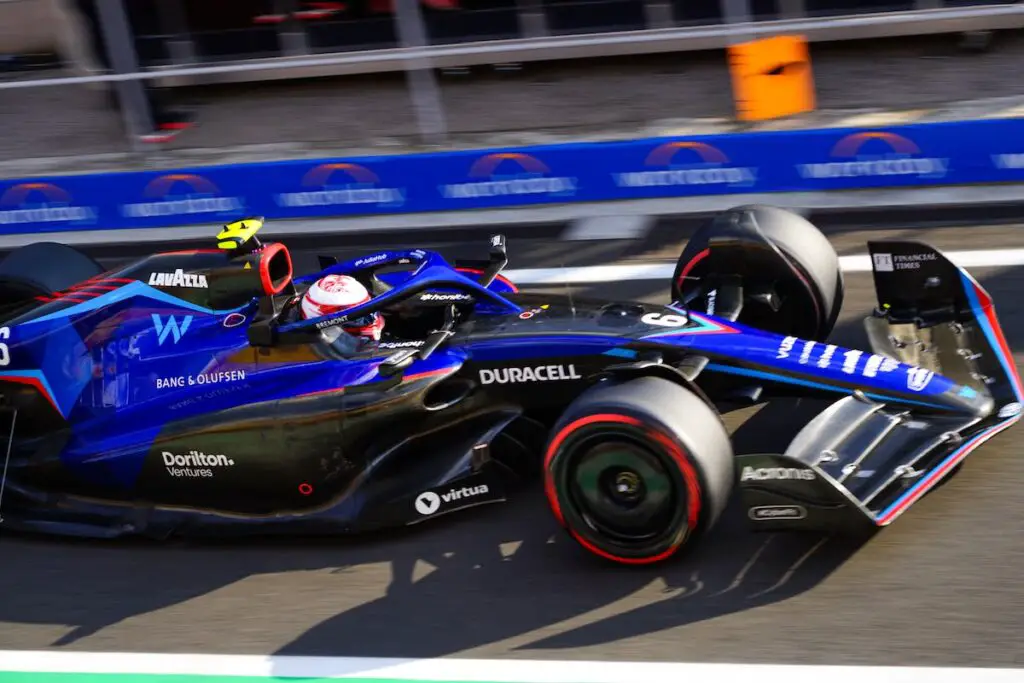
805
805 pit stops were made during Grands Prix over the 2022 season. Nicholas Latifi made the most stops, with 48, while Valtteri Bottas made the fewest of the 20 full-time drivers, with 31.
1,271
World Champion Max Verstappen completed the most laps on a Sunday in 2022. He completed 1,271 of the 1,294 laps raced this season. It’s the first time since 2019 that the World Champion is the driver who completed the most laps in the season.
2006
2022 was the first season since 2006 in which neither Lewis Hamilton nor Sebastian Vettel finished in the top two in the Drivers’ Championship.
100%
Max Verstappen and Carlos Sainz were the only drivers to reach Q3 at every race in the 2022 season.
23,529
Between them, the ten teams completed 23,529 Grand Prix racing laps during the 2022 season. The teams completed a total distance of just under 118,000km. That’s the same as driving around the Earth’s equator almost three times.

